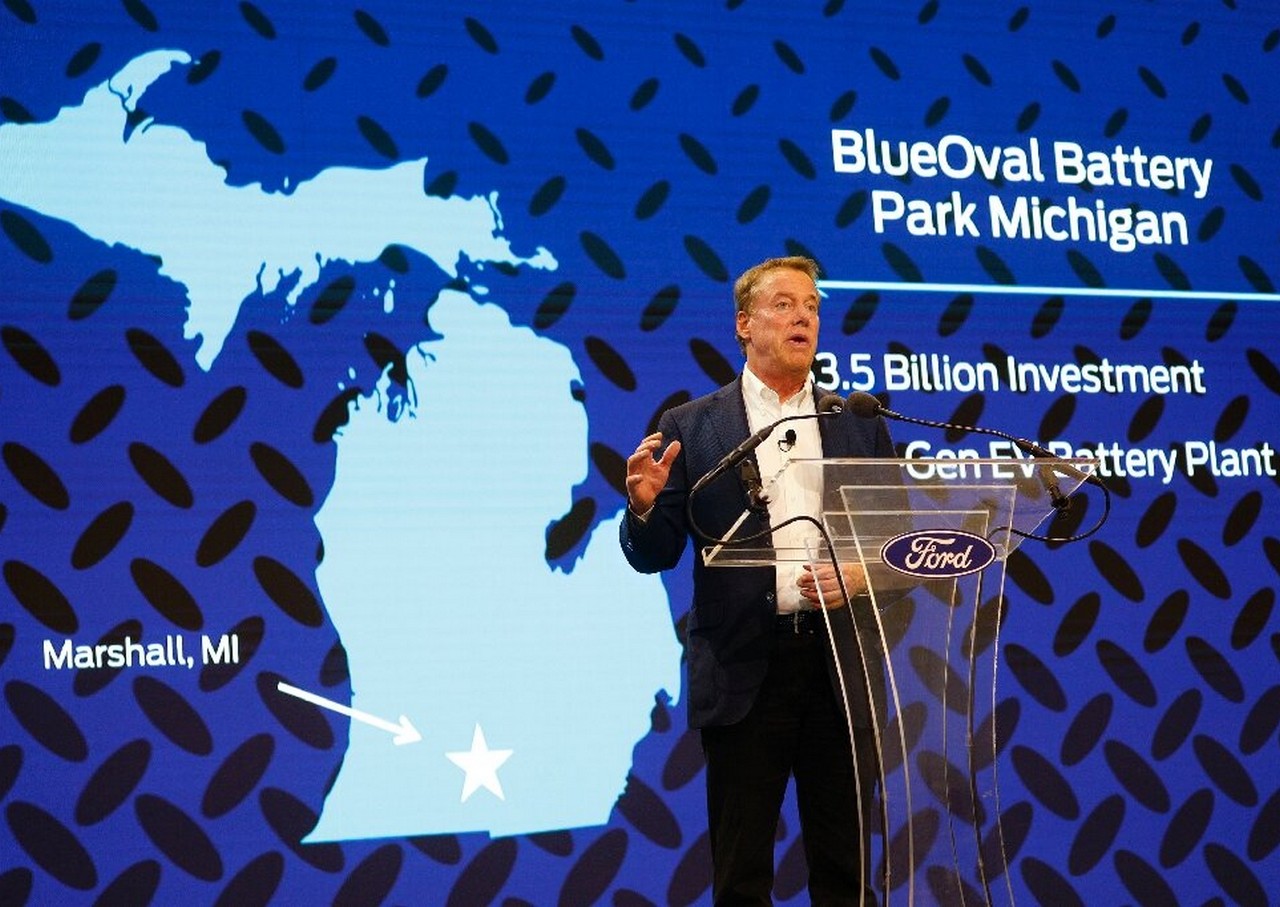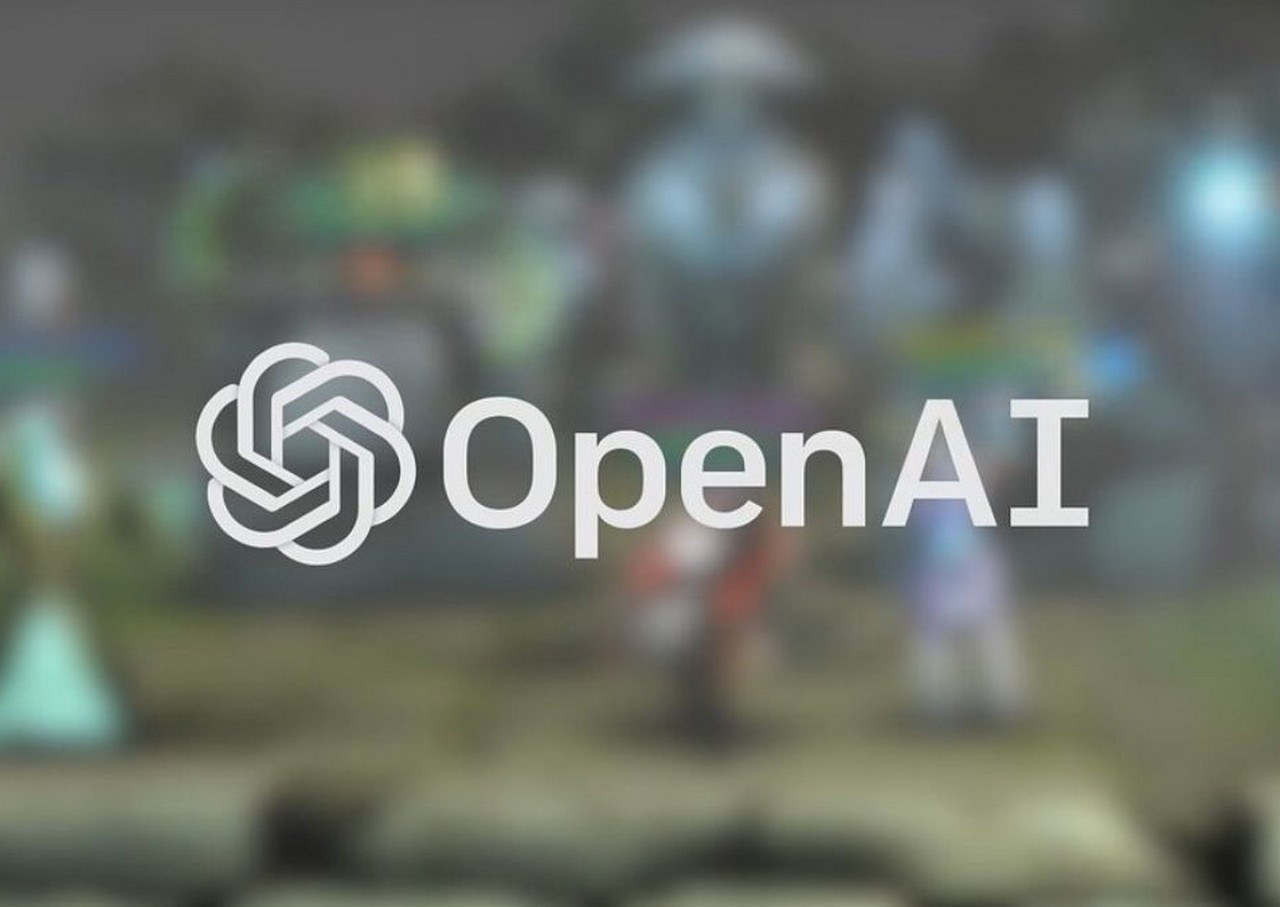Highlights
- GPT-4 was launched by OpenAI on March 14th.
- The LLM will exchange GPT-3.5 because the underlying logic behind ChatGPT.
- It’s extra highly effective, versatile, and safer to make use of than ChatGPT earlier than.
On Tuesday, March 14th, OpenAI offered a keynote for builders, showcasing its newest technology massive language mannequin (LLM), GPT-4. An abbreviation for Generative Pre-trained Transformer, GPTs symbolize the underlying algorithms and synthetic intelligence dataset, on which OpenAI builds chatbots. The most well-liked instance up to now was ChatGPT, which was launched in November and shortly amassed over 100 million customers worldwide. Now, whereas ChatGPT was beforehand primarily based on an older LLM, GPT-3.5, GPT-4 presents entire new talents for the text-generating software — and what’s extra, companies and customers alike can make the most of its talents, too.
On this notice, right here’s looking at what precisely is GPT-4, and 5 key methods during which the brand new LLM improves the favored AI textual content generator, ChatGPT.
Desk of Contents
What’s GPT-4?
GPT-4 is the most recent LLM that can energy a bunch of functions, together with OpenAI’s paid-only chatbot, ChatGPT Plus, and Microsoft’s new AI-powered Bing chatbot-plus-search engine. In truth, shortly after the revealing of GPT-4, Microsoft mentioned in a weblog submit that Bing had been working on GPT-4 for some time already. To be clear, it’s not a software, however the underlying base of information and algorithms that can energy varied chatbots, search platforms, and different instruments that companies create on it.
Is GPT-4 a substitute for the older ChatGPT?
Nicely, not likely. ChatGPT is the AI chatbot, the software, that OpenAI launched and made public in November. The software is the automobile by means of which customers can expertise varied iterations of GPTs, that means that whereas ChatGPT will stay fixed (and maybe evolve in its interface over time), the underlying logic will change. Again when it was launched, ChatGPT was powered by GPT-3.5, the then-latest language mannequin that used billions of information factors to grasp what a person wrote, and supply a human-like response primarily based on the information it had.
Theoretically, GPT-4 is just about the identical, however simply higher. Which means the brand new model of ChatGPT will probably be powered by GPT-4. Nevertheless, do notice that OpenAI has solely supplied paid entry to customers for making an attempt out GPT-4 — to make use of this, you’ll be able to pay $20 (about Rs 1,650) per thirty days to get entry to ChatGPT Plus, which is now powered by GPT-4. The free model of ChatGPT, which you’ll be able to nonetheless entry right here, is powered by GPT-3.5 and can proceed to stay so in the interim.
5 key variations between the 2
With this out of the way in which, right here’s taking a look at 5 key variations between GPT-4 and the older model of ChatGPT that was powered by GPT-3.5.
GPT-4 can course of pictures
The primary and largest change that GPT-4 brings is its means to grasp pictures. In easier phrases, whereas ChatGPT may up to now solely perceive textual content inputs, with GPT-4, now you can merely add a picture to the question area on GPT-4-powered ChatGPT, and ask it to decipher the picture in varied methods. For instance, one of many demos proven by OpenAI used a picture of a VGA cable being linked to an iPhone and requested the brand new GPT-4-powered chatbot to elucidate why the picture was humorous.
The GPT-4 chatbot responded that utilizing a VGA cable with a contemporary smartphone was impractical, and subsequently, humorous.
As soon as the function is opened up for extra customers, this can be utilized to translate photographs of payments, or illustrations of a webpage, into textual content or code. To be clear, GPT-4 will nonetheless produce solely textual content outputs, however customers can use pictures as a part of their queries, and GPT-4 can perceive them.
It was additionally educated in Indian languages
On the OpenAI analysis web page, the corporate mentioned that of the 26 world languages that GPT-4 was examined on, there have been 5 Indian languages — Bangla, Urdu, Punjabi, Marathi, and Telugu. This might technically imply that customers could quickly be capable to ask a GPT-4-powered bot, corresponding to ChatGPT Plus, questions in native languages, and get a solution. Nevertheless, it’s not but clear if the responses can be supplied within the native languages too, or in English solely.
A Mint report mentioned that Indian corporations are more likely to leverage GPT-4 to construct extra superior native language chatbots, an element that has up to now been a roadblock for AI to resolve.
OpenAI additionally mentioned that it makes use of Azure Translate for the function, which means that GPT-4 probably understands solely English, however queries could also be translated on both finish to course of native language inputs. In the mean time, it’s unclear how this may work, however the function guarantees a future the place extra regional languages are supported by ChatGPT.
It’s extra highly effective and correct than earlier than
Following the discharge, there have been two key knowledge factors that OpenAI shared on its touchdown web page for GPT-4. These state that the brand new LLM is:
- 82% much less probably to answer requests for disallowed content material
- 40% extra more likely to produce factual responses than GPT-3.5
That is primarily based on the truth that GPT-4 was educated on a considerably bigger quantity of information than what ChatGPT’s GPT-3.5 was primarily based on. Whereas OpenAI didn’t specify how a lot, a TechCircle report mentioned that GPT-4 is more likely to be utilizing almost 3 trillion knowledge factors — over 17x extra quantity of information than the 175 billion parameters that GPT-3.5 used.
Because of this, now you can anticipate extra correct, sooner, and extra in-depth responses to your queries. It also needs to grow to be tougher to ‘trick’ GPT-4 into giving flawed or hateful solutions — an issue that ChatGPT has already confronted earlier than.
To offer an instance of how sensible it’s, OpenAI mentioned that GPT-4 may clear the US legislation examination within the ninetieth percentile (i.e. by scoring among the many high 10 % college students), and rating within the 99th percentile in a US Biology olympiad (i.e. by scoring among the many high 1 %). As compared, ChatGPT with GPT-3.5 may solely rating tenth percentile and thirty first percentile within the two exams, respectively.
It could actually write long-form content material
One key means for GPT-4 is the power to retailer extra info inside one question. Throughout its developer keynote, OpenAI mentioned that GPT-4 could have 32,768 reminiscence tokens for answering one person question — up from 4,096 tokens in a single ChatGPT (GPT-3.5) question. This corresponds to 8x extra quantity of knowledge that GPT-4 can course of in each person question — an element that OpenAI mentioned will enable the brand new LLM to grasp for much longer and extra advanced person queries, and generate long-form written content material primarily based on such inputs.
Curiously, the function comes a day after Google introduced that will probably be integrating its personal LLM, known as PaLM (Pathways Language Mannequin), into Google Docs and Gmail. Which means a choose variety of early entry customers can already use Google’s personal ChatGPT-like chatbot inside Docs and Gmail to ask it to generate written content material — corresponding to job descriptions and worker info.
Loads of thought towards security
OpenAI additionally detailed that it has targeted on security with the brand new GPT-4 mannequin. As a part of its launch, the corporate acknowledged that whereas there may nonetheless be points round AI bias, security, and accuracy of knowledge, they’ve labored with over 50 AI security consultants to vet the responses that GPT-4 will produce. Nevertheless, whether or not this might truly work or not will stay to be seen as extra customers achieve entry to GPT-4.







